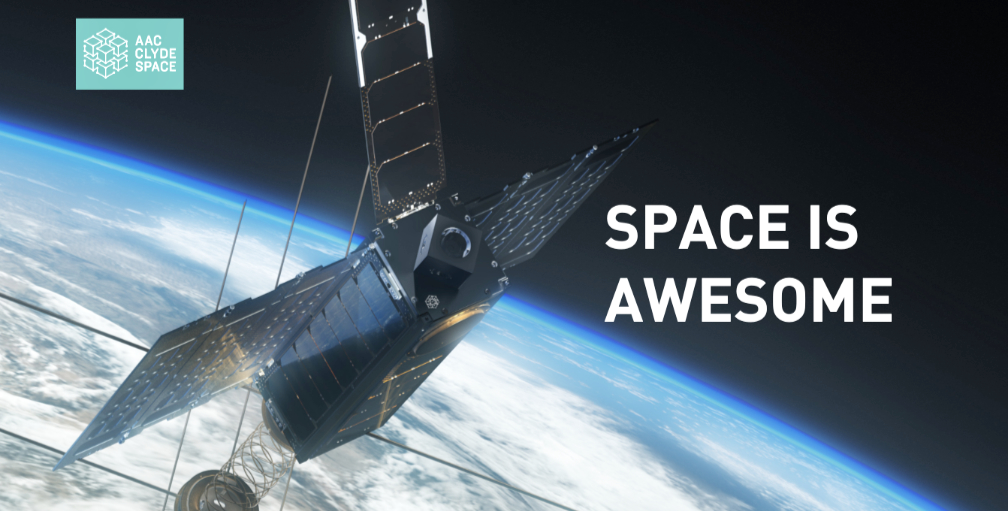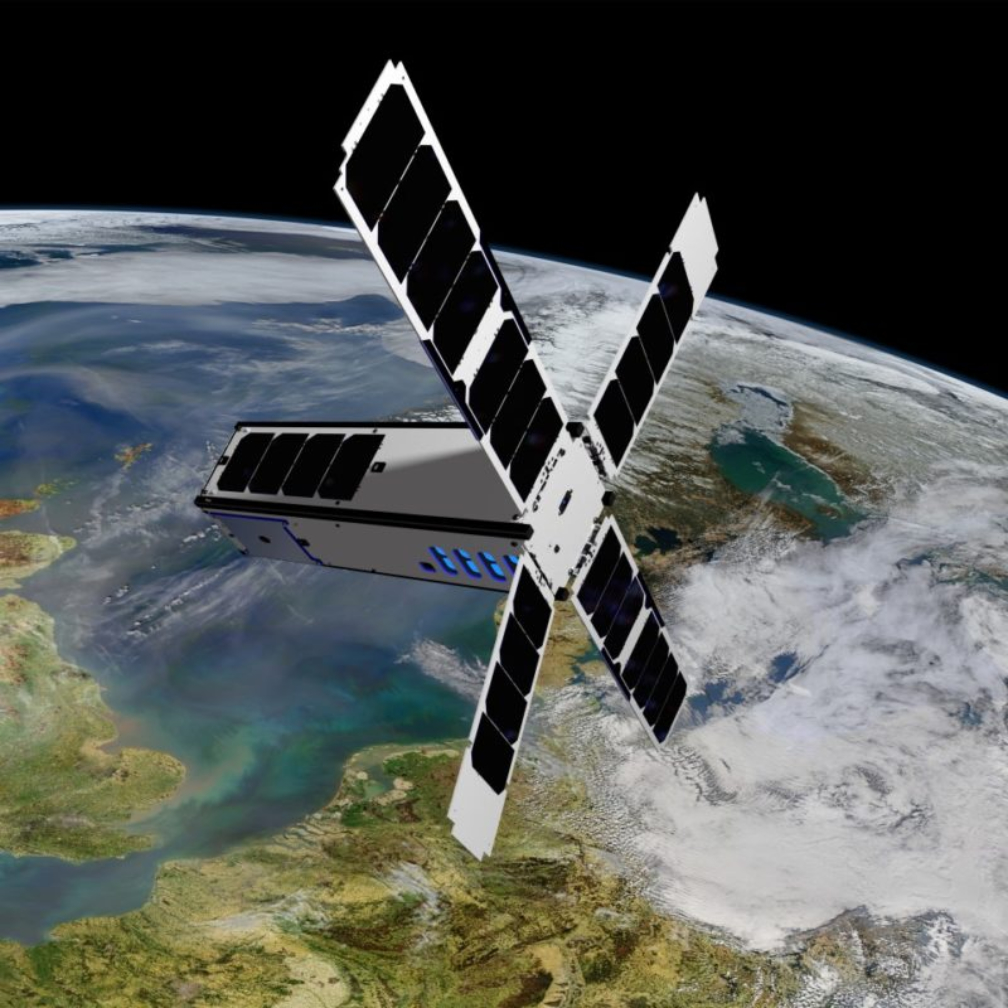
AAC Clyde Space has received a 135 kUSD order to continue operating the SeaHawk-1 satellite from the company’s Operations Center in Glasgow, Scotland, for a further 12 months.

The satellite, launched in 2018 is part of a partnership between the University of North Carolina Wilmington and NASA, observes the changing biology of the ocean surface and features a compact, multi-spectral camera (HawkEye) developed by Cloudland Instruments. The images captured by the camera are used to analyze the color of the ocean and thus determine the quality of the water.
The satellite is operated from AAC Clyde Space’s Glasgow Operations Center, with instrument data downloaded to NASA Wallops facility, through the satellite’s X-band downlink. The data is integrated into NASA’s SeaWiFS Data Analysis System (SeaDAS) and is distributed worldwide. Initially, Operations will focus on providing free access to all data that has been collected and processed from mid-April 2021 to the International Ocean Color Community. The satellite is expected to produce around 100 images per week. Data generated enables a greater understanding of the marine food chain, oceanic climate, fisheries and pollution phenomena, enabling to support the health and sustainability of our oceans.
SeaHawk-1, a 3U cubesat, is a follow-on mission from the highly successful SeaWiFS (Sea-Viewing Wide field-of-View Sensor) mission, launched in 1997. For more than 20 years, SeaHawk-1 has been able to replicate the performance of the SeaWiFS mission except it is approximately 100 times smaller and lighter and, therefore, more economical, ensuring long term viability of high-quality science missions.
Under agreement with the Moore Foundation, all Hawkeye imagery will be made available free of charge via the NASA Ocean Biology Distributed Active Archive Center (OB.DAAC) on NASA’s Ocean Color Web at https://oceancolor.gsfc.nasa.gov which has been extended to handle HawkEye data. In addition, NASA’s free, comprehensive, software package for the processing, display and analysis of ocean color data known as SeaDAS (https://seadas.gsfc.nasa.gov/) has been updated to include the support for HawkEye.
“It has been quite an experience working with Clyde Space on the design, construction, launch, commissioning, and now operations of SeaHawk-1. As our partners at Clyde Space said when we started on this venture, this satellite is arguably one of the most sophisticated 3U Cubesats ever conceived. We have just commissioned a satellite the size of a shoebox that’s travelling at 7.5 km/s, at an altitude of about 600km with a better downlink rate than the broadband into my house providing scientific quality data on ocean ecology,” said John M. Morrison, UNCW Principal Investigator.
“AAC Clyde Space are delighted to continue to support the SeaHawk-1 mission. Academia, government agencies and industry are joining forces like never before to improve environmental surveillance and generate reliable data, filling in the gaps of our understanding for informed decision making. SeaHawk-1 is a prime example of this, Sustained Ocean Color Monitoring is vital to understanding the marine ecosystem and in turn climate change,” said AAC Clyde Space CEO, Luis Gomes.
